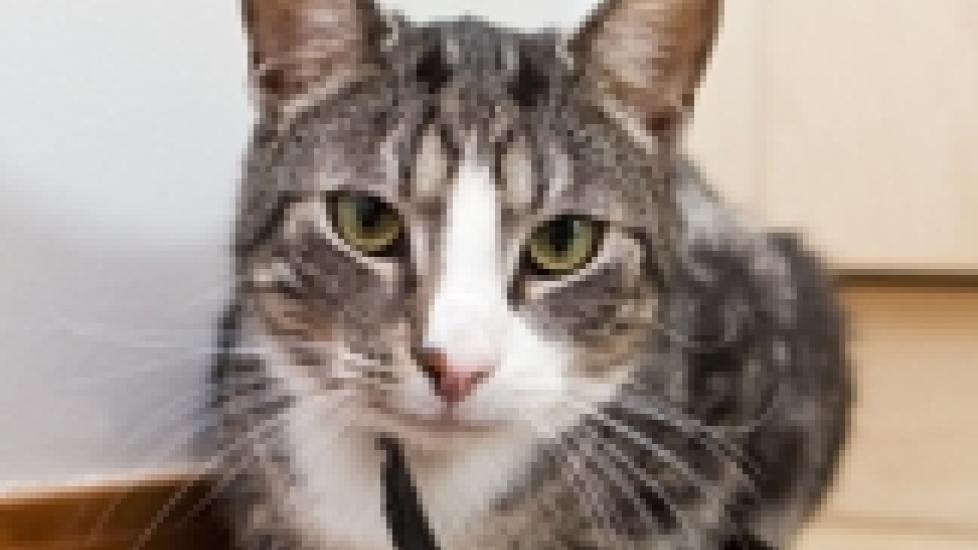Feeding Cats with Pancreatitis
Feline pancreatitis is a maddening disease. It is often difficult to diagnose, veterinarians are usually unsure of its underlying cause, and it can be resistant to treatment. Why then, should making recommendations about what to feed cats with pancreatitis be any different?
First some background. The pancreas is a small organ that is located between the stomach and the first part of the small intestine. It has two main functions: the production of the hormone insulin and the manufacture of digestive enzymes. Pancreatitis develops when the organ becomes inflamed for any of a number (or no particular) reason. Oftentimes the only symptoms associated with pancreatitis in cats are lethargy and a poor appetite. A definitive diagnosis of pancreatitis can require some combination of a blood chemistry profile, complete cell count, urinalysis, fecal examination, specific tests for pancreatitis (fPLI or SPEC-FPL), abdominal X-rays and/or ultrasounds, and even exploratory surgery.
Treatment for pancreatitis involves fluid therapy, pain relief, medications to control nausea and vomiting, antibiotics, sometimes plasma transfusions, and perhaps most importantly, getting the cat to eat again. Cats that stop eating for any reason are at high risk for a potentially life-threatening disease called hepatic lipidosis. Therefore, getting food into cats with pancreatitis is critical, which begs the question, “What type of food is best?”
When dogs develop pancreatitis, it is standard protocol to hold them off food until their vomiting subsides and then to begin refeeding with a low fat diet. This doesn’t hold true for cats, however. Vomiting isn’t such a big problem in cats with pancreatitis, and research has not shown a benefit to low fat foods.
Many cats with pancreatitis are also suffering from some degree of liver disease and inflammatory bowel disease, so the food we pick must also be appropriate for those conditions.
My go-to diets for cats suffering from pancreatitis have the following characteristics:
- easily digestible
- moderate levels of protein that come from novel sources or are altered to be hypoallergenic
- moderate fat levels
- canned, unless the cat will only eat dry
Several pet food manufacturers make products that fit these criteria, so I’ll try one and if the cat turns her nose up at it, move on to another.
Dietary recommendations are all well and good unless the patient refuses the food. The adage, “It’s better to eat some of the wrong diet than none of the right diet” certainly applies to feline pancreatitis. If a cat will only eat a food that I would normally avoid, she can have it until she’s feeling better and then we have the option of making a gradual shift.
If the cat refuses to eat anything at all, it’s time for a feeding tube. I use nasogastric tubes (threaded through the nose and into the esophagus or stomach) when I think supplementary feeding will be needed for only or a few days, but esophagostomy tubes (surgically inserted into the esophagus) are a better long term solution. One of the benefits of an esophagostomy tube is that we can feed canned food blended with a little water through it. So even if a cat doesn’t want to eat a diet with the characteristics I mentioned above, we now have a low stress way of getting it into her.

Dr. Jennifer Coates
Image: Gemenacom / via Shutterstock
